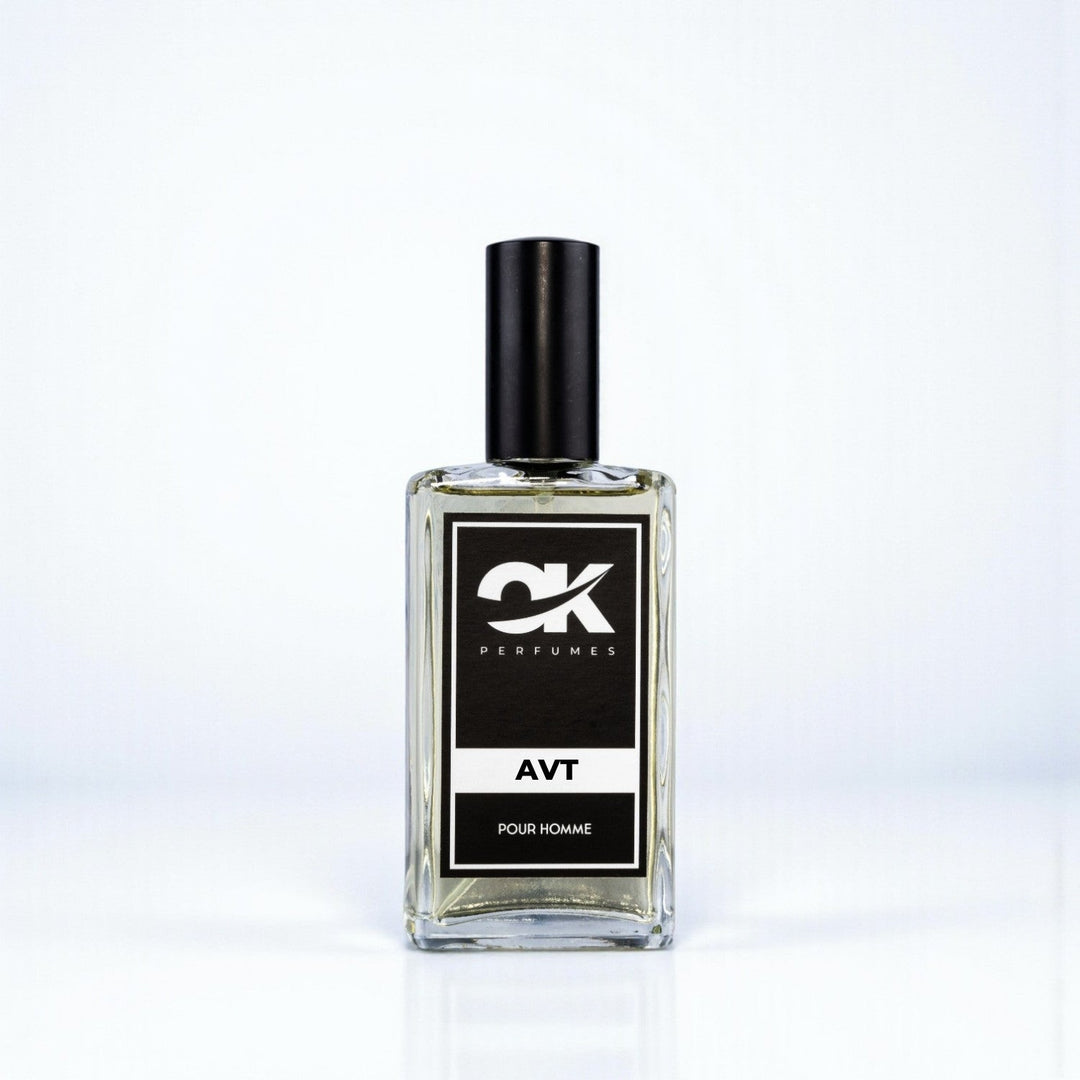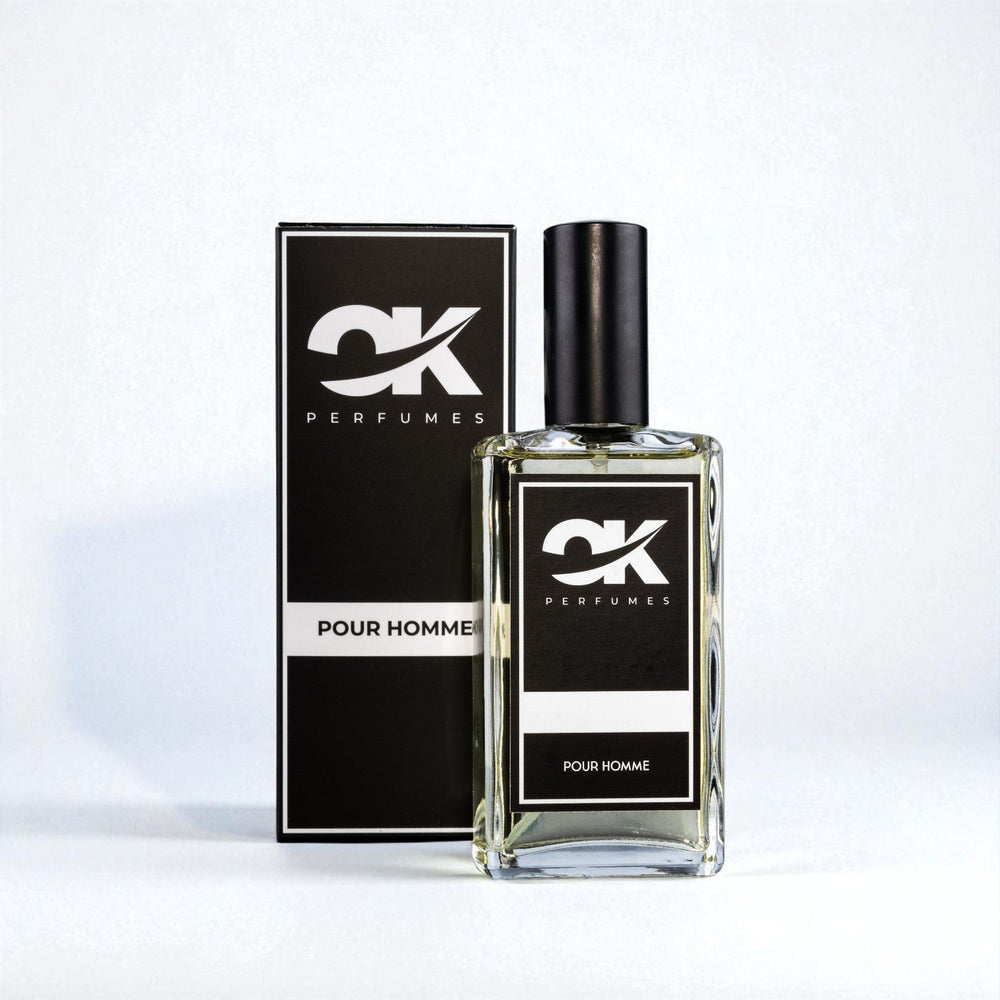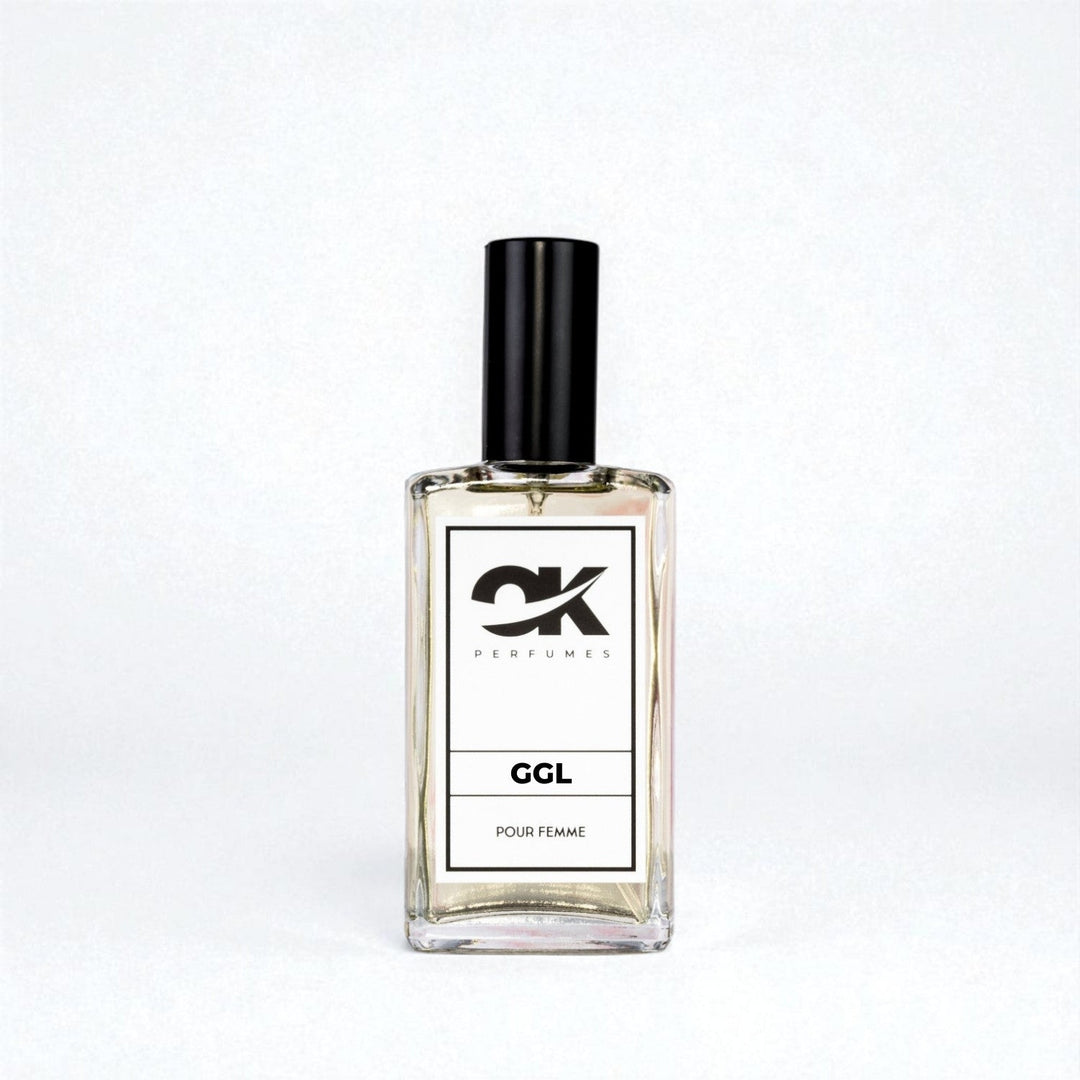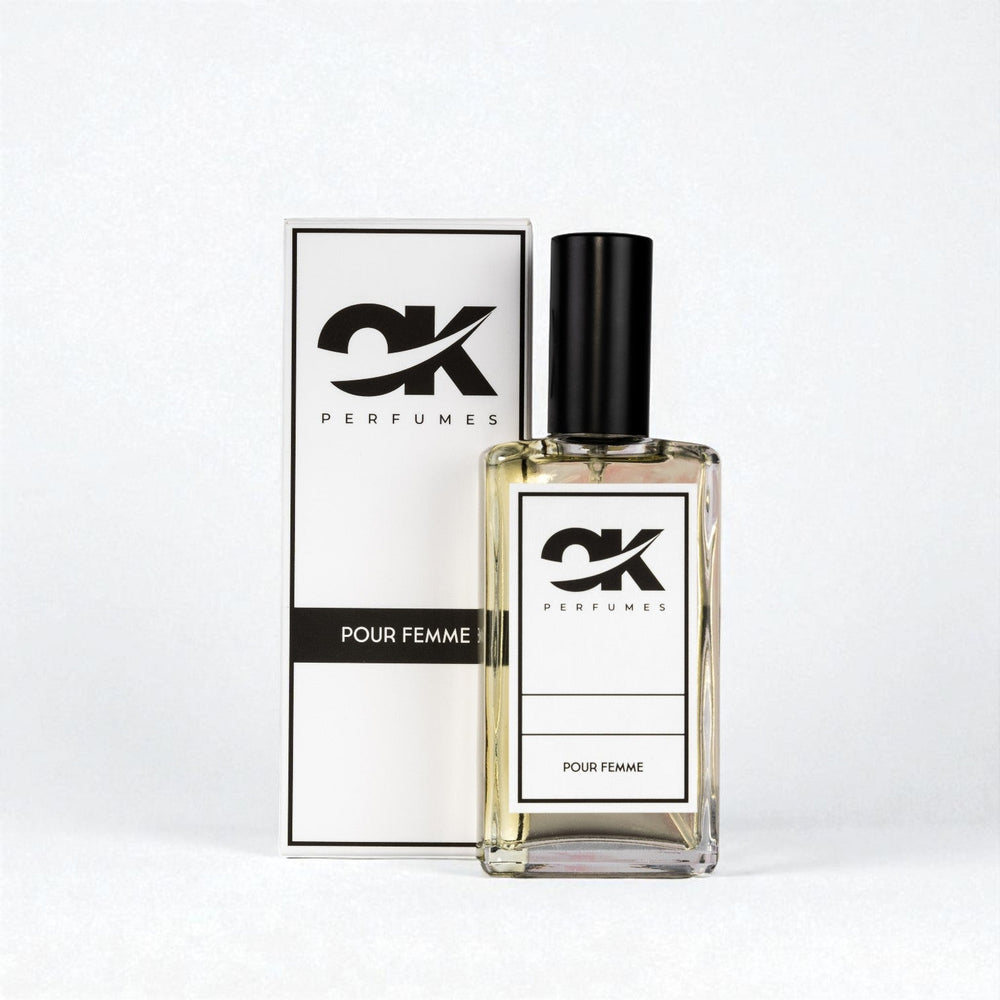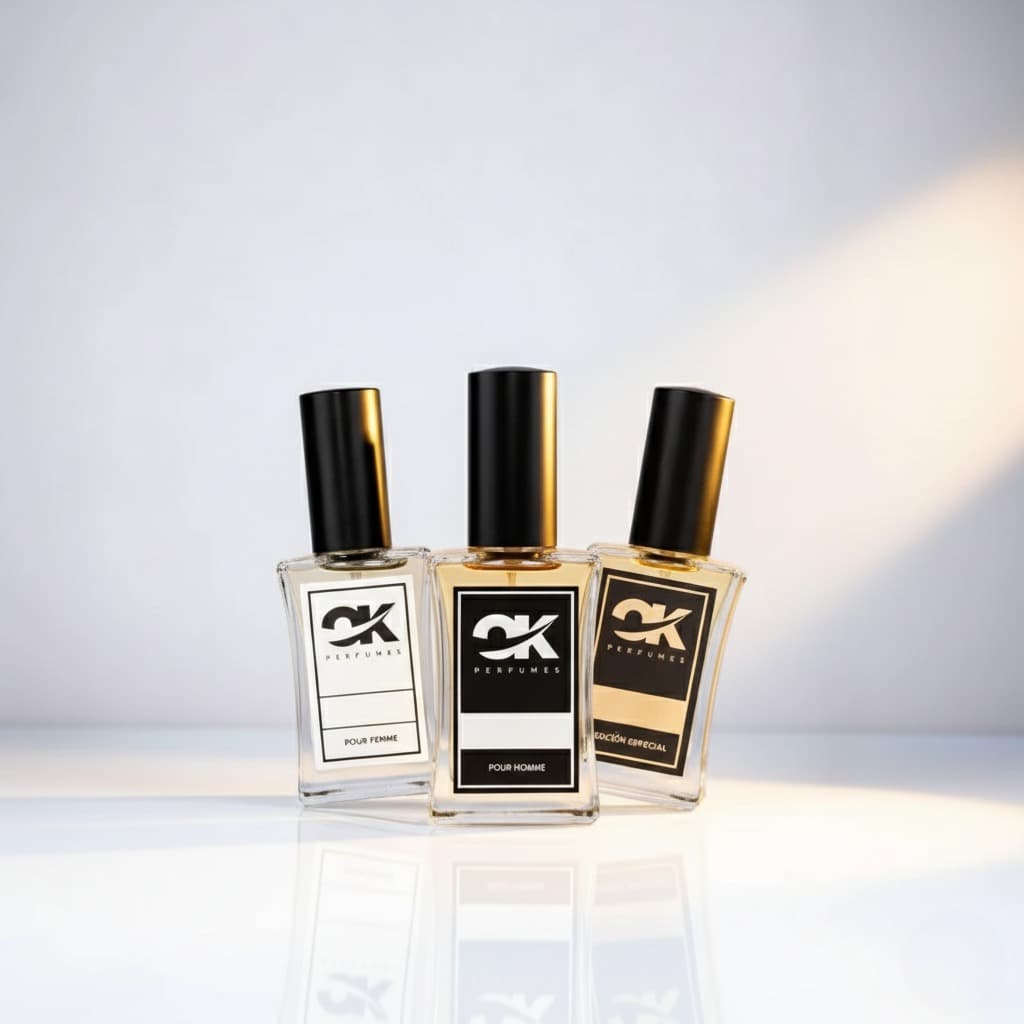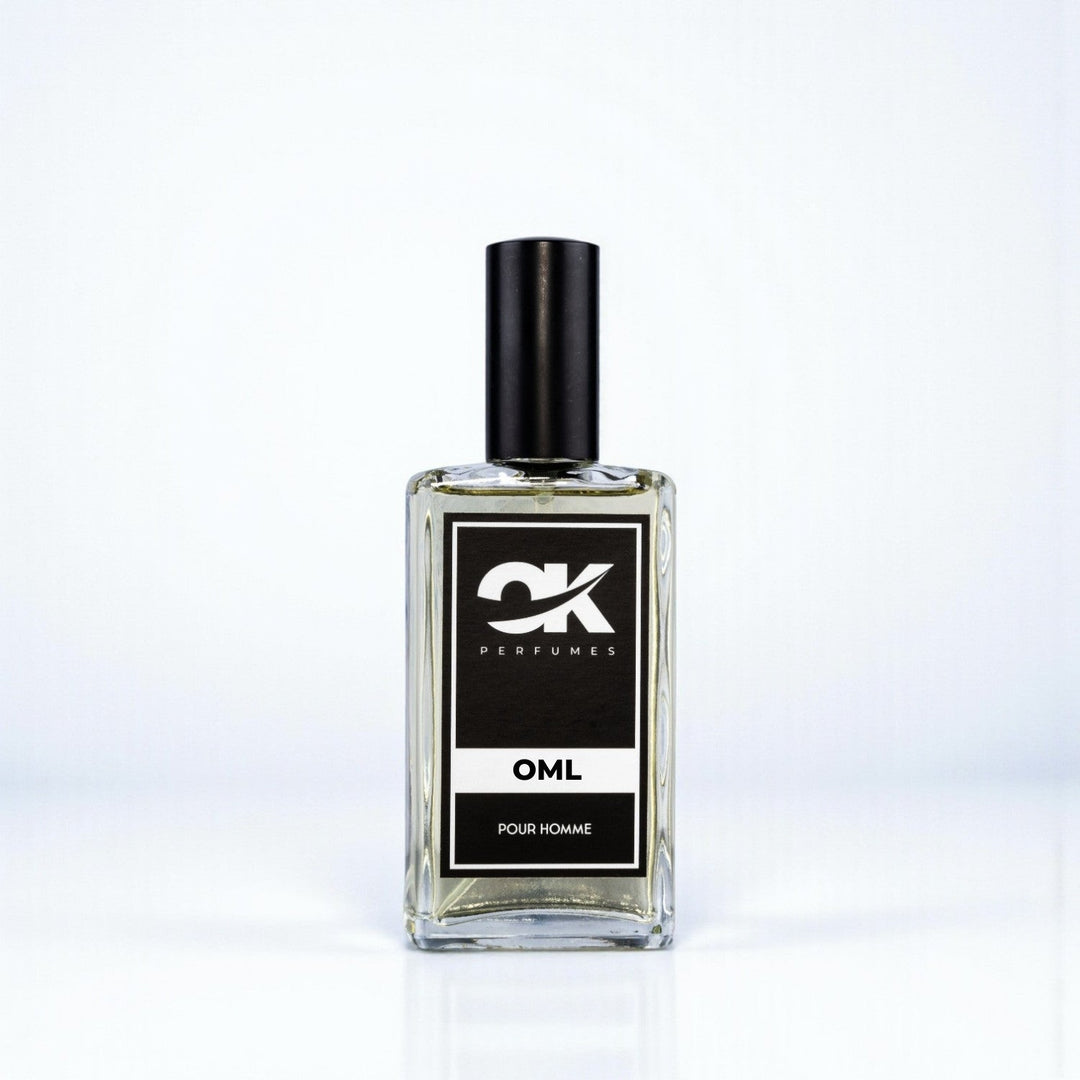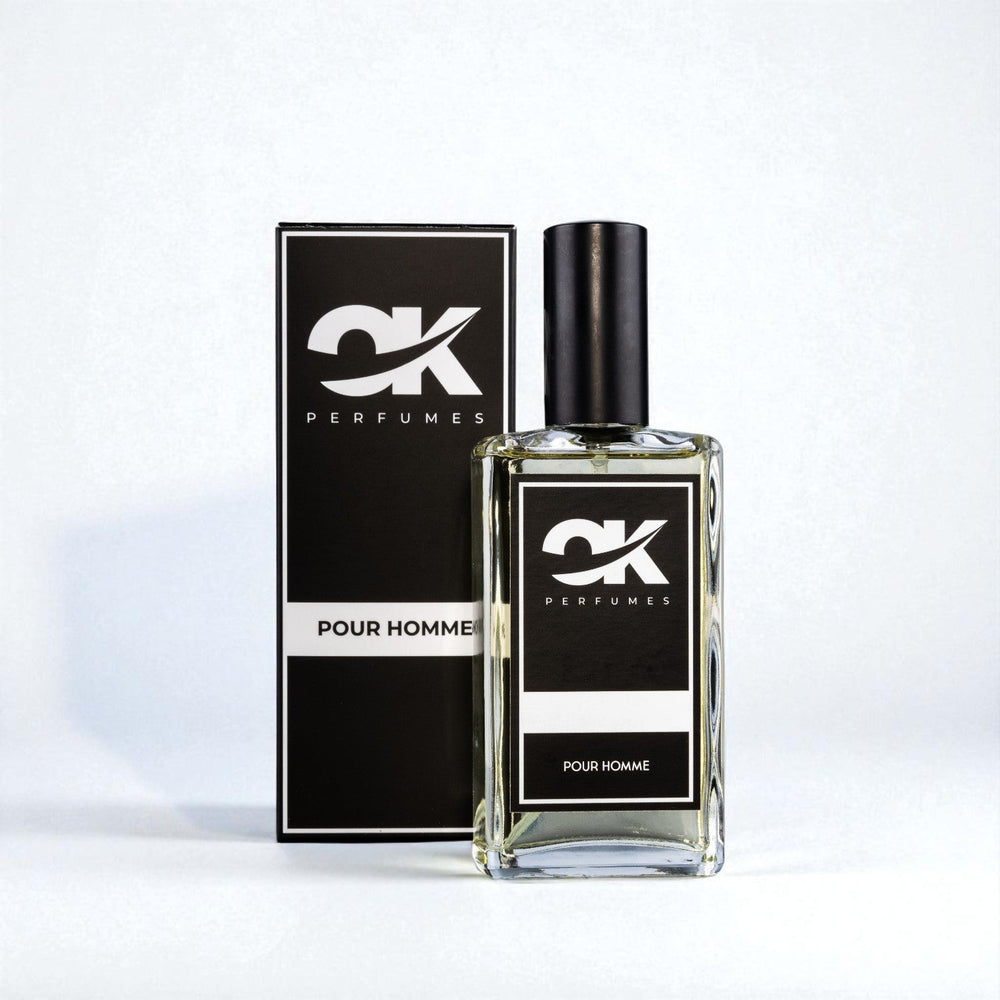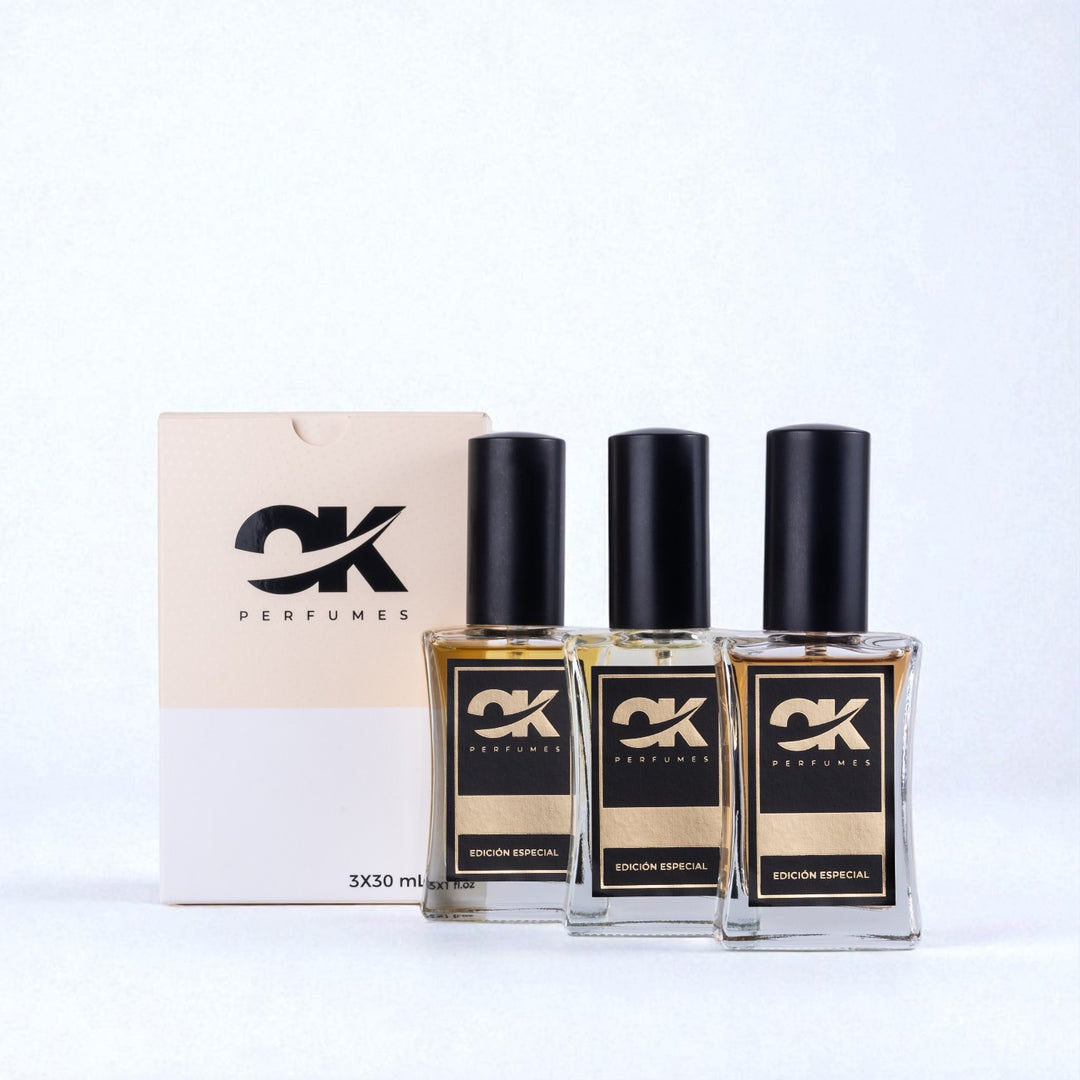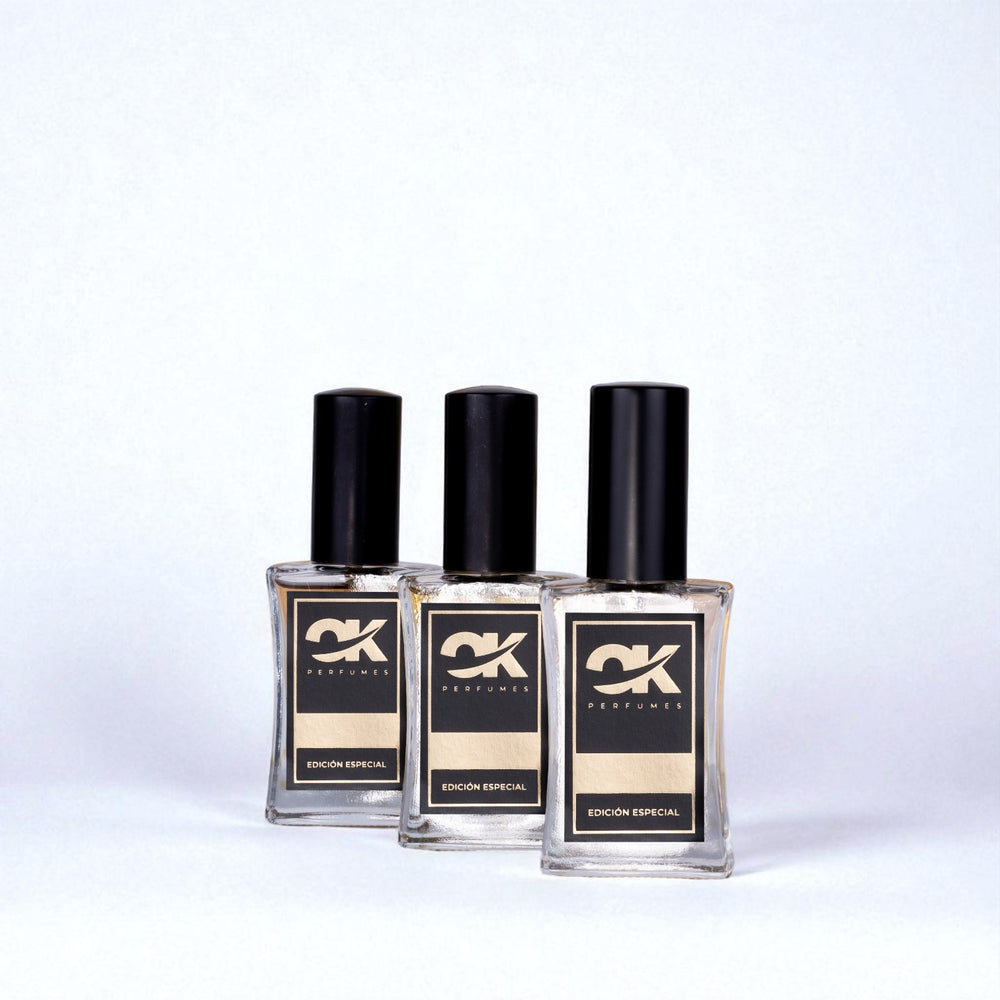Discovering the Cultural Impact of Fragrances: Perfumes from Different Countries
Fragrance is much more than simply a blend of scents; it's a cultural expression, a symbol of identity, and, above all, a journey through different traditions. The perfumes we choose are not merely products; they are living representations of our history and environment. In this article, we'll explore how culture influences fragrances from different regions of the world, highlighting the L'Homme YSL perfume in particular. and its relevance in global fashion, but without going into specific product details. So get ready to embark on a sensorial journey that will reveal the rich cultural heritage behind perfumes.
The connection between culture and perfumery
Since ancient times, fragrances have played a crucial role in the world's diverse cultures. In Egypt, for example, the use of perfumes based on frankincense and myrrh was reserved for religious rituals and ceremonies. The ancient Greeks and Romans also appreciated scents, blending essential oils with local herbs and flowers. Each culture not only developed its own production methods but also attributed distinct meanings to the fragrances used.
Today, globalization has made fragrances from different countries accessible worldwide. However, each perfume still retains a unique essence, linked to its cultural roots. To better understand this intrinsic relationship, we'll explore some notable examples from different countries and how their cultural characteristics have influenced their respective fragrances.
European Perfumes: A Journey Through Luxury and Sophistication
France: The cradle of perfumery
France is undoubtedly known as the world capital of perfumery. Cities like Grasse are renowned for their skill in the art of fragrance creation. Here, master perfumers have perfected ancient techniques that have been passed down from generation to generation. The use of high-quality ingredients, such as flowers, plants, and spices, is fundamental in the creation of French perfumes. Not surprisingly, the price of these perfumes often reflects their prestige and sophistication.
The perfume L'Homme YSL , for example, could symbolize this fusion of heritage and modernity that characterizes French perfumery. This scent features fresh and elegant notes that capture the essence of contemporary masculinity while paying homage to tradition. The Yves Saint Laurent brand has successfully combined innovation with classic charm, creating a fragrance that resonates in the hearts of perfume lovers around the world.
Italy: Carnival of Aromas
Italy is known for its art, fashion, and, of course, its fragrances. Italian perfumes tend to be bolder and fresher, reflecting the vibrant atmosphere of cities like Milan and Florence. Citrus, floral, and herbal notes predominate in many Italian fragrances, evoking the warm and cheerful climate of Southern Europe.
Furthermore, fashion plays a key role in Italian perfumery. Many fashion houses, such as Gucci and Dolce & Gabbana, have launched fragrances that not only capture their design essence but also offer a complete sensorial experience. This focus on aesthetics ensures that the price of these perfumes often justifies their quality and the brand's prestige.
Perfumes in Asia: Heritage and Spirituality
Japan: The beauty of the ephemeral
Japanese culture emphasizes the beauty of the ephemeral, a concept that also translates into its fragrances. Japanese perfumes often incorporate natural ingredients such as cherry, bamboo, and green tea, evoking the country's way of life. Simplicity and elegance are key, reflecting an aesthetic philosophy that values purity and moderation.
Japanese fragrances, although less well-known in the global market, offer unique experiences that invite contemplation and peace. These perfumes are often associated with spiritual rituals, turning the act of using fragrance into a ritual of serenity.
India: Aromas of festivity and mystery
India is a country rich in traditions and customs, where fragrances play a central role in celebrations, rituals, and everyday life. Indian perfumes typically contain spices such as cardamom, sandalwood, and jasmine, which have been part of its cultural heritage for centuries.
The use of perfume is more than a luxury; it is an essential component of society, often used in religious ceremonies and weddings. Furthermore, the complexity and variety of fragrances can be taken as a representation of the vibrant cultural mosaic that is India. The prices of these fragrances can vary greatly, depending on the rarity of the ingredients and the skill of the perfumer.
South America: Spirituality and Nature
Brazil: The splendor of the Amazon
Brazil, a country renowned for its biodiversity and rich natural ingredients, also influences its perfume industry. Brazilian fragrances tend to be fresh and exuberant, combining notes of tropical fruits, exotic flowers, and native herbs. Brazil's vibrant and festive atmosphere is reflected in its perfumes, allowing each fragrance to tell a unique story.
Furthermore, Brazilian indigenous culture plays a fundamental role in local perfumery, as many fragrances incorporate ingredients that have been used for centuries for ceremonial and medicinal purposes. This connection with nature and spirituality results in perfumes that are not only aromatic but also deeply meaningful.
The future of global perfumery
As the perfume industry continues to evolve, the impact of culture remains constant. Technology has allowed virtually every region in the world to explore and experiment with fragrances, giving rise to a rich variety of options for consumers. Today, the fusion of cultures is reflected in innovation and the creation of fragrances that transcend borders.
Luxury brands are increasingly interested in representing cultural diversity in their fragrances, and this is evident in brands that draw influences from different parts of the world. However, respect for cultural traditions remains at the heart of perfumery. History, identity, and authenticity play a fundamental role in creating fragrances that resonate with the public.
A journey through the senses
At the end of the day, perfumes aren't just scents; they carry stories, memories, and emotions. Through fragrances, we can travel without moving, connecting with different cultures and traditions. Choosing a perfume, such as L'Homme YSL , it's not merely about what smells good, but what it says about the wearer. Cultural records weave a tapestry of meaning and expression that can only be enjoyed through the olfactory experience.
So, the next time you choose a fragrance, think carefully about what you're choosing. Allow yourself to be transported to new places and cultures, and take the opportunity to share that experience with those around you. Remember, each spray has the power to tell a story waiting to be heard.




